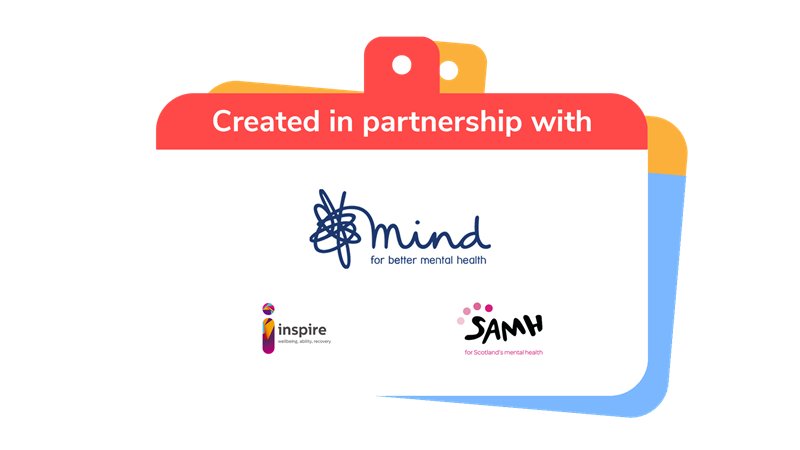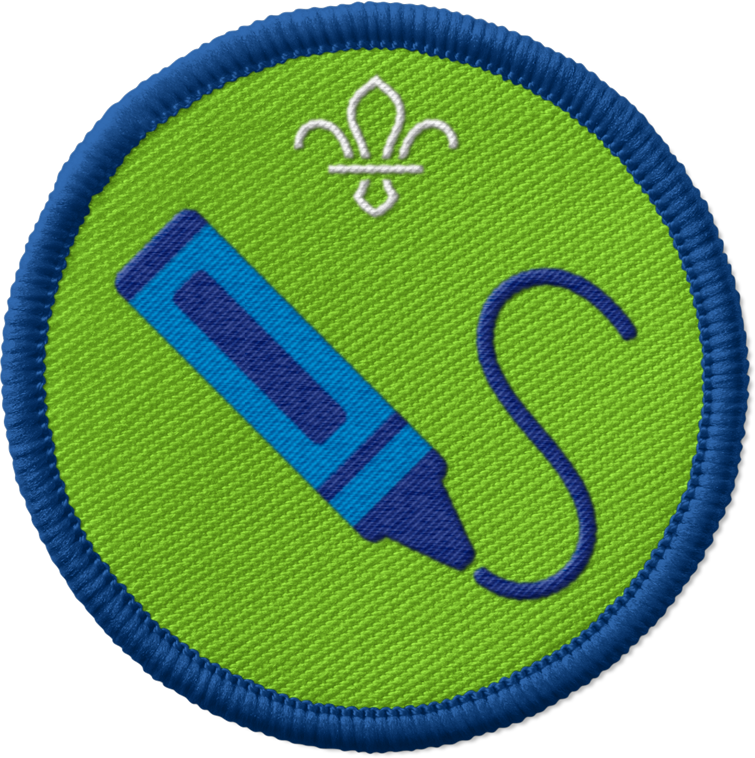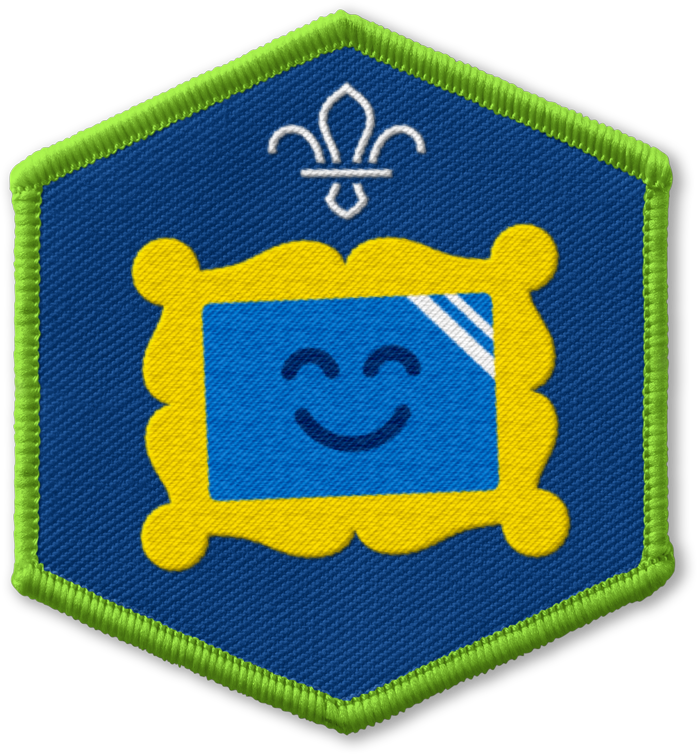
Better mental health for all leaflets or posters
You’ll need
- Pens or pencils
- Coloured pens or pencils
- A4 paper
Before you begin
- Use the safety checklist to help you plan and risk assess your activity. Additional help to carry out your risk assessment, including examples can be found here. Don’t forget to make sure all young people and adults involved in the activity know how to take part safely.
- Make sure you’ll have enough adult helpers. You may need some parents and carers to help if you’re short on helper
Getting ready to run this activity
This is a step four activity, as part of the journey to completing the Community Impact Staged Activity Badge. If you haven't taken part in the activities from the earlier steps, this might not make sense yet. You can find the activities for steps one, two and three on the better mental health for all page.
Remind yourself of everything people have done for in steps one to three of their Better Mental Health For All Project.
You'll need to ask yourself how did everyone identify the need, plan action, and take action. If you've resources people made, or photos and videos of them taking action, try to bring them to show everyone.
Write down or print out the following questions to ask on six pieces of paper and display them around your meeting space. The questions are:
- What theme did we explore?
- What did we do?
- Why did we do it?
- How did it make you feel? What skills did you develop?
- How did the project make a difference for people or the environment?
- What could we do now? How could we achieve the next stage of our badge?
Running the activity
Remember, remember
- Gather everyone together in a circle.
- Ask everyone to think about what they have done for, or can remember about, steps one to three of their Better Mental Health For All Project. People could use any resources, photos or videos that have been brought in to help them remember.
- In small groups, everyone should move around the room, visiting each of the six questions on pieces of paper. They should think about each question, chat with their team, then write down their ideas. It’s especially important to write down the answers to the question six.
- Gather everyone back together in a circle and asking each question in turn and getting everyone should share their ideas.
- This is a great chance to congratulate everyone again – take a moment to celebrate successes and people’s hard work.
Create a leaflet or poster
- Now, everyone should decide what they'd like to share with their community.
- It’ll probably depend on what they’ve done so far and what they’ve learned. They could think about local places to go for support, the five ways to wellbeing, or statistics and myth-busting information.
- Everyone should decide whether they’ll create a leaflet or a poster. They should think about where they’d like to share their creation too.
- People should get stuck in and, using craft materials, create a leaflet or poster.
- They should try to make it eye-catching and think about their audience: a leaflet for a school would look different to a poster for a local library.
- Once they’ve finished their posters and leaflets, everyone should go away and ask a parent or carer, or a teacher, to help them display it in the community.
- If they can, everyone should take a picture of their finished work displayed in the local community.

This activity helps contribute towards some of the UN's Sustainable Development Goals. Find out more about the SDGs, and how Scouts across the world are getting involved.


Reflection
This activity was all about improving wellbeing. Can people remember Mind’s five ways to wellbeing? Have they put any of them into practice? Was it easy to introduce new things? Have people introduced anything new (like mindfulness) to their group meetings?
Safety
All activities must be safely managed. You must complete a thorough risk assessment and take appropriate steps to reduce risk. Use the safety checklist to help you plan and risk assess your activity. Always get approval for the activity, and have suitable supervision and an InTouch process.
- Online safety
Supervise young people when they’re online and give them advice about staying safe. Take a look at our online safety or bullying guidance. The NSPCC offers more advice and guidance, too. If you want to know more about specific social networks and games, Childnet has information and safety tips for apps. You can also report anything that’s worried you online to the Child Exploitation and Online Protection Command. As always, if you’ve got concerns about a young person’s welfare, including their online experiences, follow the Yellow Card to make a report.
- Road safety
Manage groups carefully when near or on roads. Consider adult supervision and additional equipment (such as lights and high visibility clothing) in your risk assessment.
Depending on your group, it may be useful to have an adult at each sheet of paper to help people write down their ideas.
People can record their thoughts on the big sheets of paper in whatever way works for them, including drawing and writing ideas down.
Spelling and grammar aren’t the most important thing here – people can always ask for a helping hand if they want one. They could also use a computer to create a poster or leaflet to print off or share virtually.
People could also work in groups – perhaps they want to pair up, combine ideas, and split out the tasks. This would work really well if some people are talented designers while others have a way with words.
All Scout activities should be inclusive and accessible.
People could ask for feedback on their posters or leaflets. Did they help people? What more could they do to help raise awareness of the five ways to wellbeing.
Discover more at https://www.mind.org.uk/


